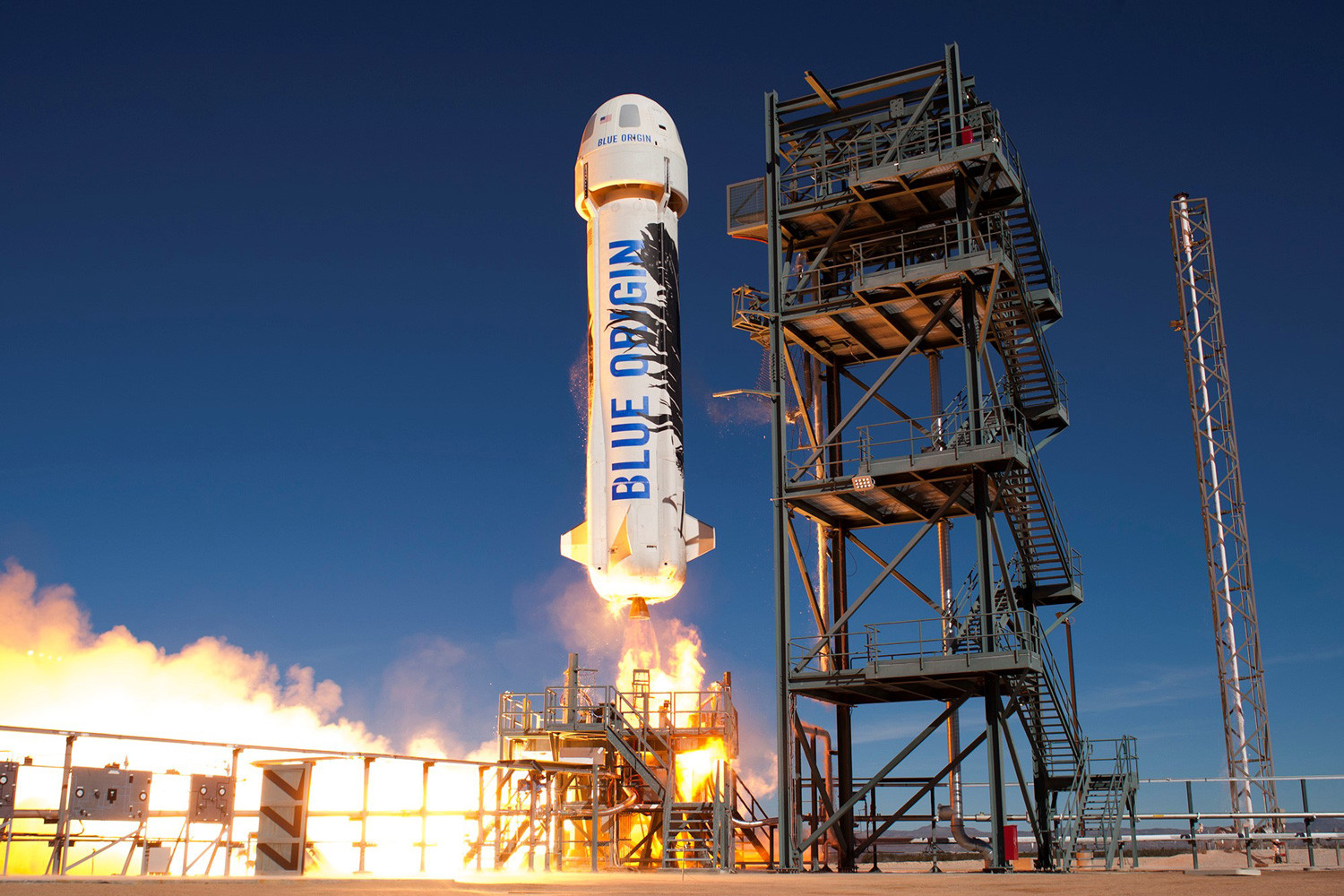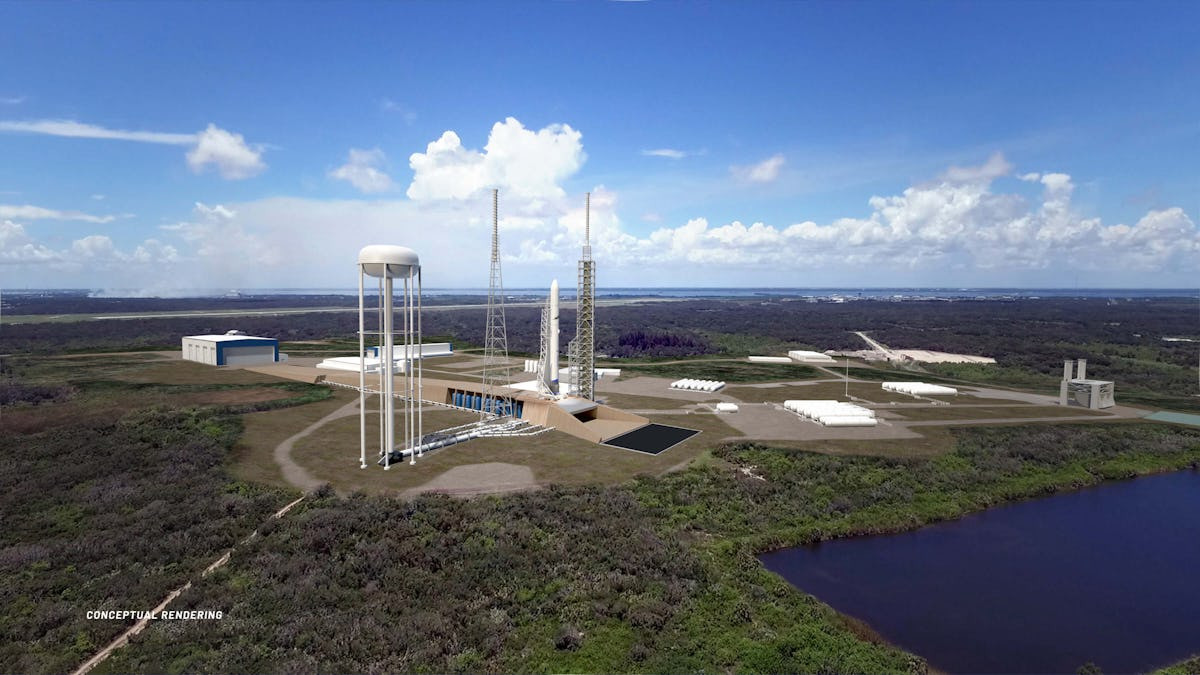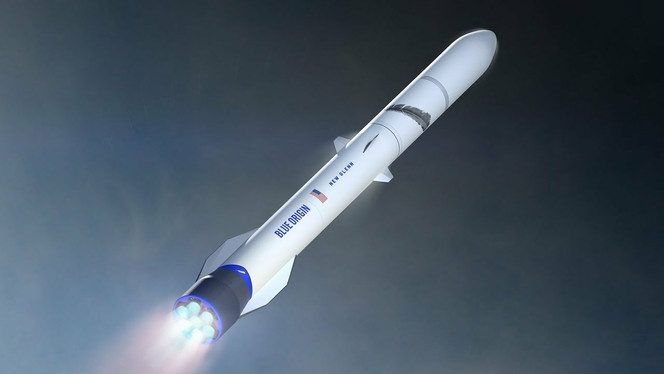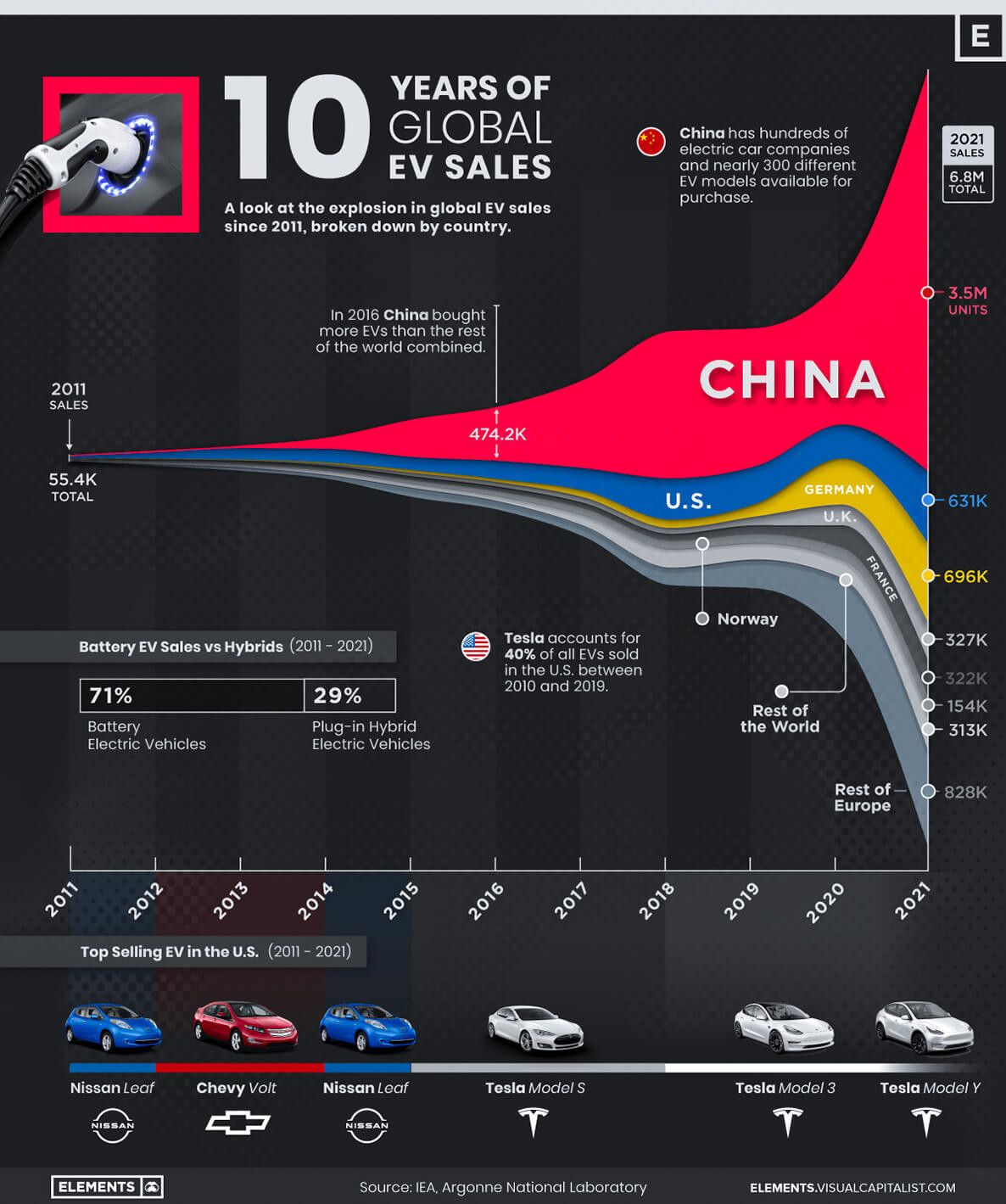Blue Origin's New Glenn Launch Attempt Ends in Scrub
Blue Origin's highly anticipated inaugural launch of its New Glenn rocket, initially scheduled for Monday, January 13th, ended in a scrub due to a last-minute “vehicle subsystem issue.” The setback marks a delay for Jeff Bezos' company's ambitious entry into the competitive orbital launch market, dominated by SpaceX.
The launch, targeting a three-hour window starting at 1 a.m. ET from Launch Complex 36 at Cape Canaveral Space Force Station, was called off shortly after 3 a.m. ET. Ariane Cornell, Blue Origin's vice president of in-space systems, announced the scrub during a live webcast, stating that troubleshooting the unspecified issue would extend beyond the allocated launch window. The company is now reviewing options for a subsequent launch attempt.
The Ambitious New Glenn Mission
The New Glenn mission, designated NG-1, aimed for much more than just reaching orbit. The mission's most daring objective was to land the first-stage booster, aptly named ‘So You’re Telling Me There’s a Chance,’ on the ocean-going landing platform, ‘Jacklyn,’ after Bezos' mother. This would have marked a significant step towards reusability, mirroring SpaceX's successful Falcon 9 landings.
The Risky Landing Attempt
Blue Origin's CEO, Dave Limp, acknowledged the significant challenges of attempting a landing on the very first flight. He emphasized the difficulties in simulating the extreme hypersonic re-entry environment on the ground. The landing procedure, involving the vehicle's fins, reaction control system, and a series of engine reignitions, is a complex sequence with multiple points of potential failure.
The booster, standing at roughly 57 meters tall, was engineered for at least 25 launches, powered by seven BE-4 engines generating a combined 3.9 million pounds of thrust. The planned landing involved a complex process starting with separation from the upper stage, followed by reorientation and multiple engine burns to slow the booster's descent. Finally, hydraulic legs would deploy just before touchdown, and a Recovery Remotely Operated Vehicle (ROV) would attach itself to the booster to secure it. The entire process, from separation to touchdown, was expected to take roughly nine and a half minutes. Bezos himself described this booster landing as “the riskiest part of the mission.”
The Blue Ring Pathfinder Payload
Beyond the audacious landing attempt, the primary mission objective involved the successful deployment of the Blue Ring Pathfinder, housed within the rocket's 7-meter-diameter payload fairing. This satellite-like payload was designed to validate space-to-ground communication capabilities, sending commands, receiving telemetry data, and conducting radiometric tracking for navigation. The successful launch of the Blue Ring Pathfinder into a highly elliptical medium Earth orbit, with an apogee of 19,300 km and a perigee of 2,400 km at a 30-degree inclination, was essential for the mission's overall success. The data collected will be crucial in informing the development and deployment of the larger Blue Ring orbital transfer vehicle.
Weather Conditions and Previous Delays
Initial launch attempts on Friday and Sunday were thwarted by unfavorable weather conditions in the Atlantic Ocean recovery zone. While the Monday launch window initially showed a 90 percent favorable forecast, the potential impact of an approaching disturbance increased the possibility of cloud cover, breezy winds, and showers during the launch. The forecast for a backup Tuesday launch window was significantly worse, with only a 40 percent chance of favorable weather conditions.
Future Prospects and the Race to Orbit
Despite the setback, Bezos expressed confidence in Blue Origin's ability to rebound quickly. He highlighted the company's robust manufacturing workflow, with multiple boosters and second stages already in production. He expressed hopes to launch six to eight times in 2025 and ramp up significantly in 2026. Bezos' vision also includes the long-term goal of achieving profitability for the New Glenn program, although the timeline for profitability remains uncertain.
While the immediate focus is on troubleshooting the technical issue and preparing for the next launch attempt, the aborted launch underscores the inherent challenges and risks involved in pioneering new rocket technologies. The setback also underscores the intense competition in the commercial space launch sector. The success of New Glenn will be vital for Blue Origin to solidify its place alongside major players like SpaceX. The future of this ambitious project remains to be written.
The next launch attempt will be scheduled after a thorough investigation and determination of the root cause of the malfunction. This detailed analysis will be critical in ensuring the success of future launches and strengthening the overall capabilities and safety standards of the New Glenn rocket. The setback serves as a valuable learning opportunity for the Blue Origin team. They will use the data and experience gained to improve the launch readiness and overall operational readiness of this ambitious project.



















